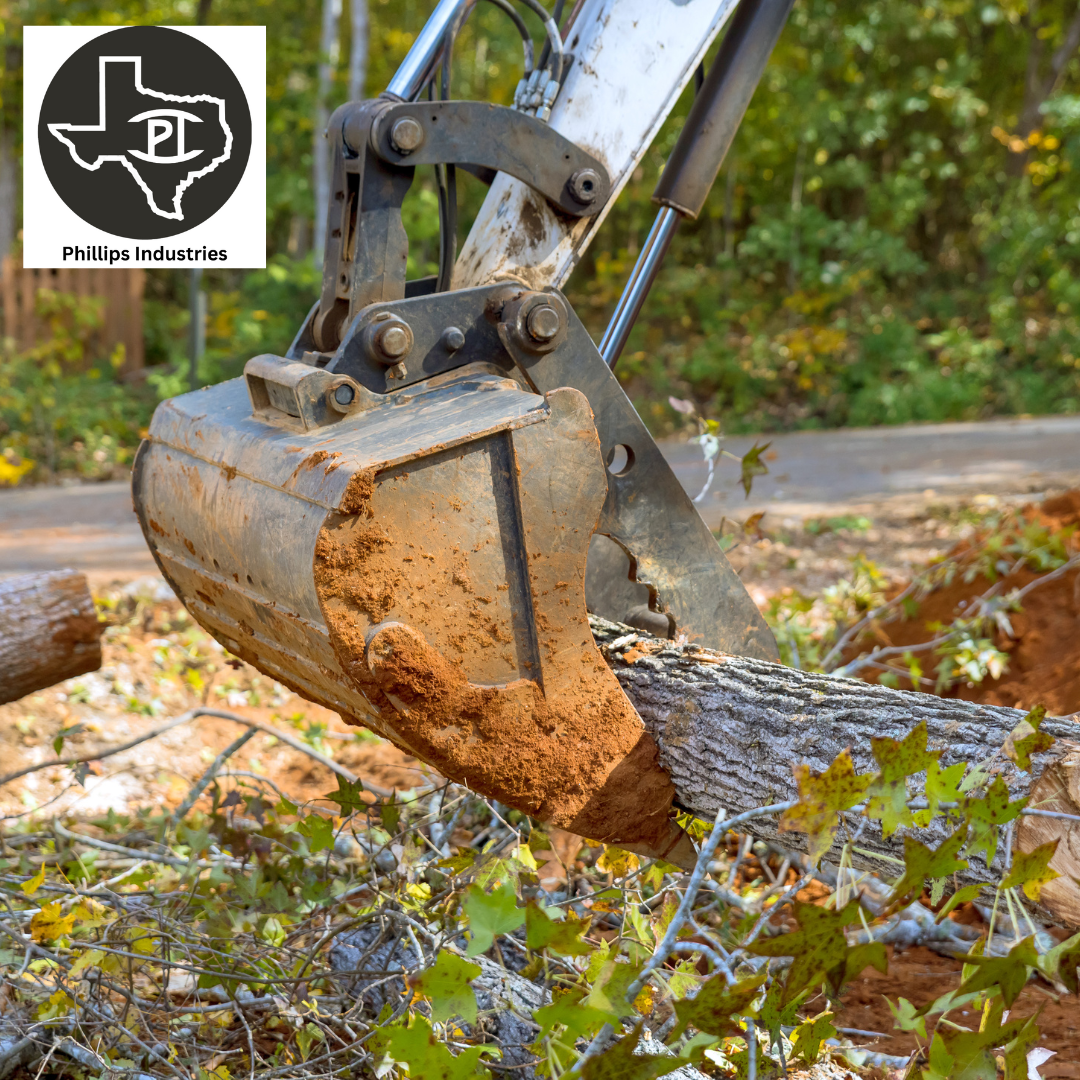How long does it take to put up a wooden fence? – By Phillips Industries
Fence installation time is an important factor to consider when undertaking a fencing project. The time it takes to install a fence can vary depending on several factors, including the length and height of the fence, the type and condition of the soil, and the weather conditions. Efficient fence installation is crucial to ensure that the project is completed in a timely manner and to minimize any disruptions to your property. In this article, we will explore the various factors that can affect fence installation time and discuss strategies for reducing installation time without sacrificing quality.
Key Takeaways
- Fence installation time is affected by various factors such as fence length, height, soil type, weather conditions, and proper planning.
- Longer and taller fences take more time to install than shorter and smaller ones.
- Soil type and condition can significantly impact fence installation time, with rocky or hard soil taking longer to work with.
- Weather conditions such as rain, wind, and extreme temperatures can delay fence installation and affect the quality of the work.
- Proper planning is crucial for efficient fence installation, including obtaining necessary permits, ordering materials, and scheduling installation dates.
The Role of Fence Length and Height in Installation Time
One of the primary factors that can impact fence installation time is the length and height of the fence. It stands to reason that longer and taller fences will require more time to install compared to shorter and smaller ones. This is because more materials are needed for longer fences, and additional labor is required to properly secure and align the fence posts.
When installing a longer fence, it is important to carefully plan out the project and ensure that all necessary materials are readily available. This will help streamline the installation process and minimize any delays or interruptions. Additionally, taller fences may require additional equipment or specialized techniques to ensure stability and durability.
How Soil Type and Condition Affect Fence Installation Time
The type and condition of the soil can also have a significant impact on fence installation time. Different soil types, such as clay, sand, or loam, have varying levels of compaction and drainage properties. Some soils may be more difficult to dig into or may require additional measures to ensure proper post placement.
Before starting a fence installation project, it is important to assess the condition of the soil and make any necessary preparations. This may involve removing rocks or debris, leveling the ground, or adding amendments to improve drainage or stability. Taking these steps can help expedite the installation process and ensure that the fence is properly anchored.
The Impact of Weather Conditions on Fence Installation Time
Weather conditions can play a significant role in fence installation time. Rain, wind, extreme temperatures, and other adverse weather conditions can cause delays and make the installation process more challenging. Wet or frozen ground can be difficult to dig into, and high winds can make it difficult to handle and align fence panels.
When planning a fence installation project, it is important to consider the weather forecast and make any necessary adjustments. This may involve rescheduling the installation for a more favorable time or taking additional precautions to protect the materials and equipment from the elements. By planning ahead and accounting for potential weather-related delays, you can help ensure a smoother and more efficient installation process.
The Importance of Proper Planning for Efficient Fence Installation
Proper planning is essential for efficient fence installation. Taking the time to carefully plan out the project can help reduce installation time and minimize any potential issues or setbacks. The following steps can help guide you through the planning process:
1. Determine the purpose of the fence: Before starting a fence installation project, it is important to clearly define the purpose of the fence. Are you looking to enhance privacy, improve security, or simply add aesthetic appeal? Understanding your goals will help inform your decisions regarding fence height, material, and design.
2. Measure the area: Accurate measurements are crucial for determining the amount of materials needed and estimating installation time. Measure the length and height of the fence line, taking into account any slopes or irregularities in the terrain.
3. Choose the right materials: Selecting high-quality materials that are suitable for your specific needs will help ensure a durable and long-lasting fence. Consider factors such as maintenance requirements, durability, and aesthetic appeal when choosing materials.
4. Obtain necessary permits: Depending on your location and the type of fence you plan to install, you may need to obtain permits or adhere to certain regulations. Check with your local authorities to determine if any permits are required and ensure that you comply with all applicable regulations.
5. Prepare the site: Clearing the area of any obstacles, such as vegetation or debris, will help facilitate the installation process. Leveling the ground and making any necessary soil preparations will also help ensure a smooth and efficient installation.
6. Gather the necessary tools and equipment: Having all the necessary tools and equipment readily available before starting the installation will help streamline the process. This may include items such as post hole diggers, levels, measuring tapes, and power tools.
By following these steps and properly planning for your fence installation project, you can help reduce installation time and ensure a successful outcome.
The Time Required for Fence Post Installation

Fence post installation is a critical step in the fence installation process and can significantly impact overall installation time. The time it takes to install fence posts can vary depending on several factors, including the type of post, the depth of the hole, and the condition of the soil.
Wooden fence posts typically require digging holes that are approximately one-third of the length of the post. This ensures proper stability and support for the fence. Digging these holes can be time-consuming, especially if the soil is compacted or contains rocks or roots.
Metal or vinyl fence posts may require different installation methods, such as driving them into the ground with a post driver or securing them with concrete. These methods can be faster than digging holes but may require additional equipment or specialized techniques.
The Time Required for Fence Panel Installation
Once the fence posts are installed, the next step is to attach the fence panels. The time it takes to install fence panels can vary depending on several factors, including the type of panel, the length of the fence line, and the number of people working on the project.
Pre-assembled fence panels are typically faster to install compared to individual pickets or boards. These panels can be easily attached to the fence posts using nails or screws, saving time and effort.
The length of the fence line will also impact installation time. Longer fences will require more panels, which means more time will be needed to attach them. Additionally, having multiple people working on the project can help expedite the installation process.
The Role of Fence Gate Installation in Overall Installation Time
Fence gate installation is an important aspect of the overall fence installation process and can impact installation time. Installing a gate requires additional time and effort compared to installing fence panels. This is because gates need to be properly aligned, leveled, and secured to ensure smooth operation.
Gate installation may involve additional steps, such as installing hinges, latches, and other hardware. These steps can add to the overall installation time but are necessary to ensure that the gate functions properly and provides the desired level of security and convenience.
The Benefits of Hiring a Professional Fence Installation Company to Put Up a Wooden Fence
Hiring a professional fence installation company can offer several benefits, including reduced installation time. Professionals have the knowledge, experience, and equipment necessary to efficiently complete fence installation projects.
Professional installers are familiar with the various factors that can impact installation time and know how to plan and execute projects in a timely manner. They have access to specialized tools and equipment that can help expedite the installation process and ensure high-quality results.
Additionally, professional installers are trained in proper safety procedures and can minimize any potential risks or accidents during the installation process. By hiring professionals, you can save time and effort while ensuring that your fence is installed correctly and meets your expectations.
Tips for Reducing Fence Installation Time Without Sacrificing Quality
If you decide to undertake a fence installation project yourself, there are several tips you can follow to help reduce installation time without sacrificing quality:
1. Plan ahead: Proper planning is crucial for efficient fence installation. Take the time to carefully measure the area, choose the right materials, and gather all necessary tools and equipment before starting the project.
2. Prepare the site: Clearing the area of any obstacles and making any necessary soil preparations will help streamline the installation process. Leveling the ground and removing rocks or roots will make it easier to dig holes and install fence posts.
3. Use pre-assembled panels: Pre-assembled fence panels can save time and effort compared to individual pickets or boards. These panels can be easily attached to the fence posts using nails or screws, reducing installation time.
4. Work with a team: Having multiple people working on the project can help expedite the installation process. Assign specific tasks to each person to ensure that the work is done efficiently and effectively.
5. Use power tools: Power tools, such as drills or nail guns, can significantly speed up the installation process. These tools can help drive screws or nails quickly and accurately, saving time and effort.
6. Follow proper safety procedures: Safety should always be a top priority during fence installation. By following proper safety procedures, you can minimize any potential accidents or injuries that could cause delays or setbacks.
By following these tips and balancing speed with quality, you can reduce fence installation time without compromising the integrity or durability of your fence.
 Efficient fence installation is crucial for completing a project in a timely manner and minimizing disruptions to your property. Factors such as fence length and height, soil type and condition, weather conditions, and proper planning all play a role in determining installation time. By understanding these factors and following best practices, you can reduce installation time without sacrificing quality. Whether you choose to hire a professional fence installation company or undertake the project yourself, proper planning and execution are key to ensuring a successful outcome.
Efficient fence installation is crucial for completing a project in a timely manner and minimizing disruptions to your property. Factors such as fence length and height, soil type and condition, weather conditions, and proper planning all play a role in determining installation time. By understanding these factors and following best practices, you can reduce installation time without sacrificing quality. Whether you choose to hire a professional fence installation company or undertake the project yourself, proper planning and execution are key to ensuring a successful outcome.
If you’re considering putting up a wooden fence, you may also be interested in learning about the services offered by Phillips Industries, a trusted general contractor in Texas. In addition to fence installation, they specialize in various home improvement projects such as door repair and water pond building. To find out more about their services, visit their website at General Contractor in Texas.
FAQs

What is a wooden fence?
A wooden fence is a structure made of wood that is used to enclose an area for privacy, security, or aesthetic purposes.
What are the benefits of a wooden fence?
A wooden fence can provide privacy, security, and aesthetic appeal to a property. It can also increase the value of a property and provide a barrier to noise and wind.
How long does it take to put up a wooden fence?
The time it takes to put up a wooden fence depends on several factors, including the size of the area to be fenced, the type of wood used, and the experience of the installer. On average, it can take anywhere from one to three days to install a wooden fence.
What are the steps involved in putting up a wooden fence?
The steps involved in putting up a wooden fence include measuring and marking the area to be fenced, digging post holes, setting posts in concrete, attaching rails and pickets, and adding any finishing touches such as staining or painting.
What tools are needed to put up a wooden fence?
The tools needed to put up a wooden fence include a measuring tape, level, post hole digger, shovel, hammer, drill, saw, and screws or nails.
What type of wood is best for a wooden fence?
The type of wood that is best for a wooden fence depends on the climate, the desired look, and the budget. Some popular types of wood for fences include cedar, redwood, pine, and spruce.
How much does it cost to put up a wooden fence?
The cost of putting up a wooden fence depends on several factors, including the size of the area to be fenced, the type of wood used, and the experience of the installer. On average, it can cost anywhere from $1,500 to $4,000 to install a wooden fence.
Page Design by Website Design and Marketing Near Me






